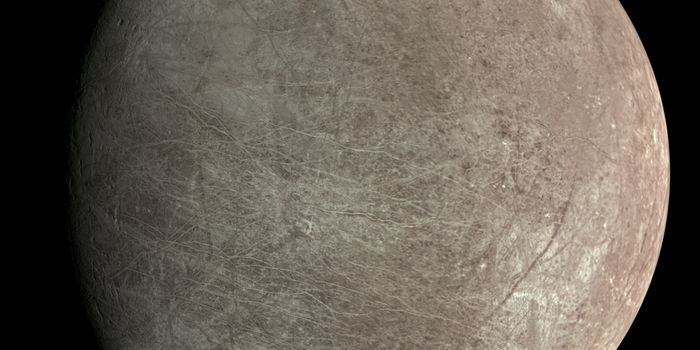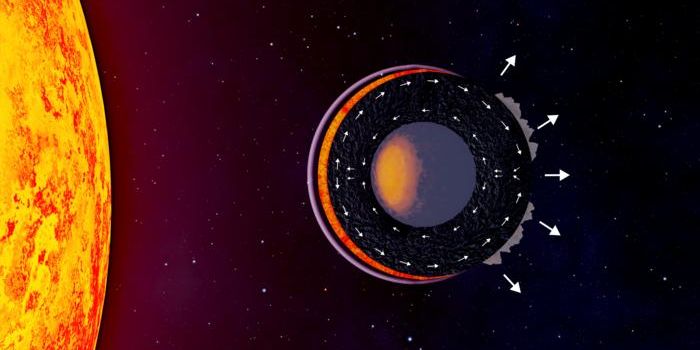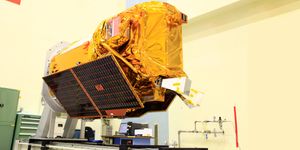James Webb Space Telescope Will Study 'Sub-Surface Ocean' Moons in the Solar System
NASA has hyped up the James Webb Space Telescope (JWST) since its inception, but only as the telescope nears completion and proceeds through its final testing phases are scientists finalizing plans for its initial uses.
While the JWST is several times more capable than its predecessor, the Hubble Space Telescope, scientists want to use it to examine our solar system more carefully before studying other stellar systems and their exoplanets.
Image Credit: NASA
Astrobiologists are keying in on specific moons circling the planets beyond Mars. For example, vapor plumes are known to spew from the surfaces of Enceladus and Europa, an indication that sub-surface ocean is present. Most experts agree that this could make the moons habitable for microbiology or other forms of life.
Related: Saturn's moon Enceladus is thought to have a global, sub-surface ocean
While we’ve only grabbed glimpses of these plumes from passerby spacecraft like Cassini and Voyager (1 & 2), and from the legacy Hubble Space Telescope, the JWST offers superior observation equipment that will yield the most robust data ever obtained.
In a statement, NASA explained how the JWST’s near-infrared cam (NIRCam) would capture high-resolution images of Europa, looking for warmer regions indicative of plume activity worthy of study.
“Are they made of water ice? Is hot water vapor being released? What is the temperature of the active regions and the emitted water? Webb telescope’s measurements will allow us to address these questions with unprecedented accuracy and precision,” NASA planetary scientist Geronimo Villanueva elaborated.
Once the JWST finds an active plume, the JWST's near-infrared spectrograph (NIRSpec) and mid-infrared instrument (MIRI) will dig deeper to analyze its chemical composition and determine whether microbial life could have produced the chemicals we find.
Enceladus will be trickier because it’s so much smaller. The NIRCam won’t be useful because taking high-resolution images of such a small moon would be improbable. Instead, scientists will focus on Enceladus' chemical composition and whether it's the right fit for life.
Worthy of note, the presence of life-supporting chemicals doesn't necessarily mean life exists on the world we observe. Villanueva cites how naturally-occurring geological processes can also produce the known byproducts of microbial life; just because we find the chemicals there doesn't mean the moon supports life.
Related: Jupiter's moon Europa might have an Earth-like ocean chemistry
Another challenge is how the plumes may or may not be active when the JWST makes it observations. Some believe the plumes are active all the time, while others think they occur in spurts. If the latter is true, then luck plays a role because we need to catch one while it's active to obtain useful data.
No one knows for sure what we might find when we start peering at Enceladus and Europa, but scientists can’t wait to get answers. Even if we don’t get the data we’re hoping for, the observations could prove instrumental in determining where to send future space missions and how to equip them for their tasks.
The JWST is scheduled to launch in October of 2018.
Source: NASA









